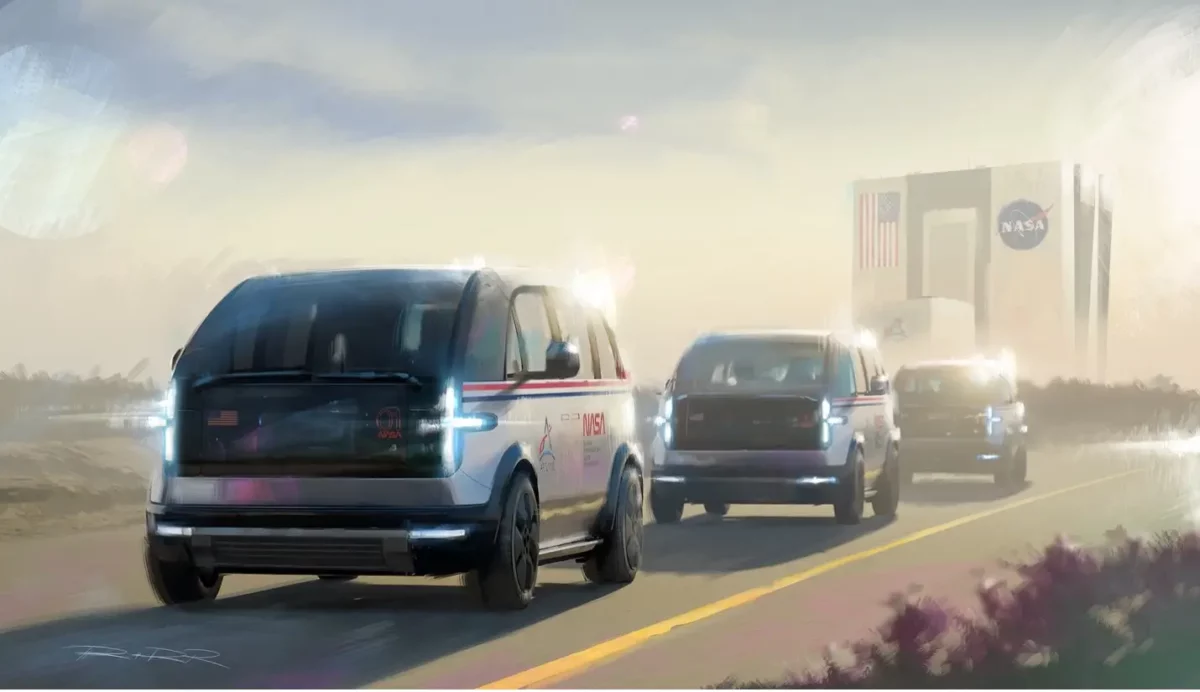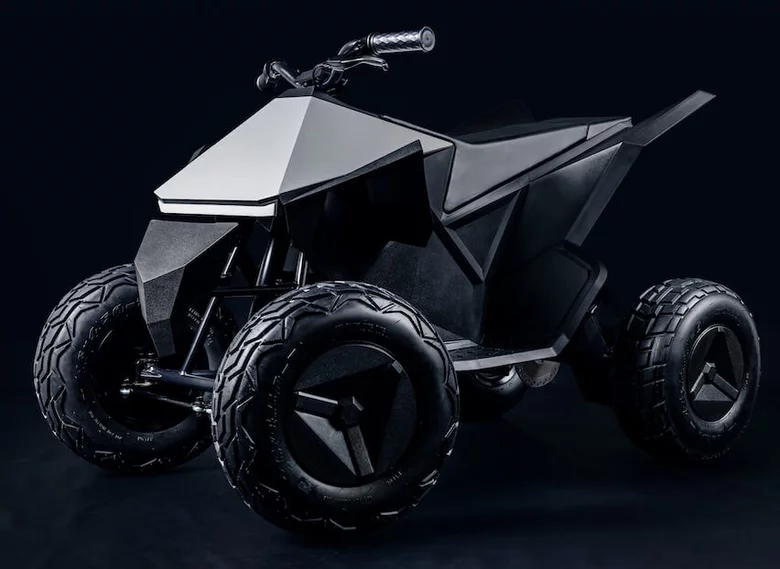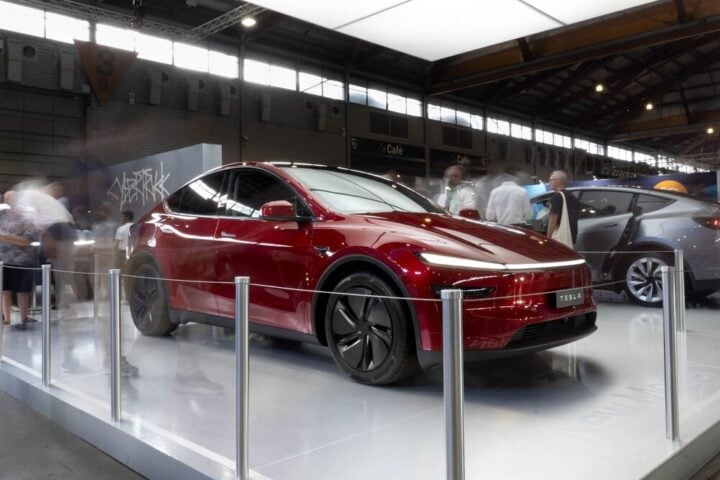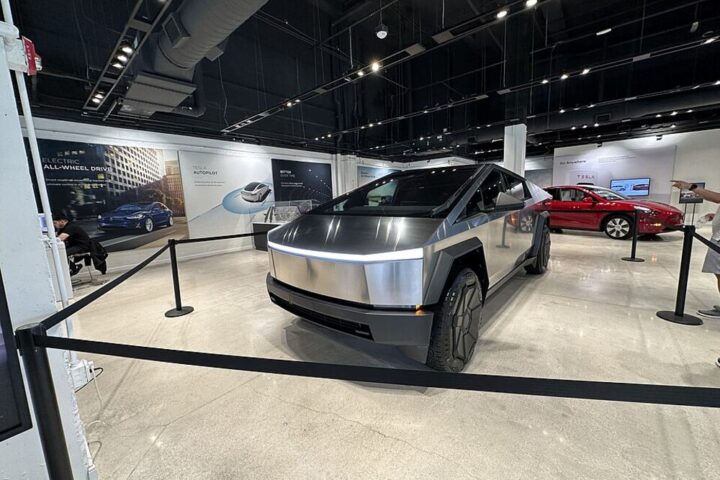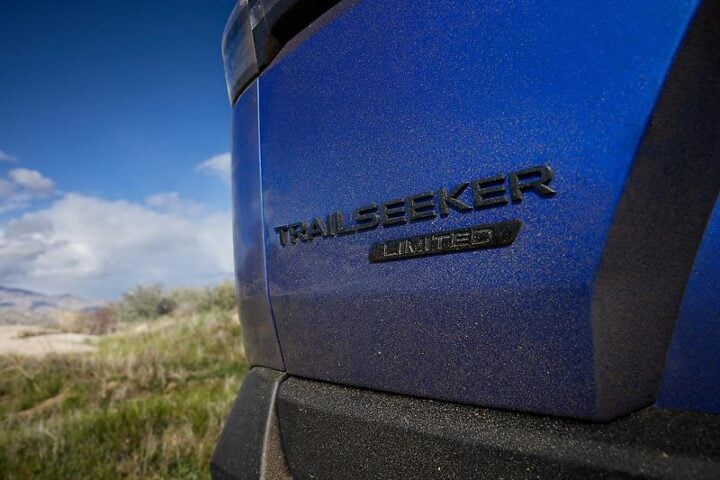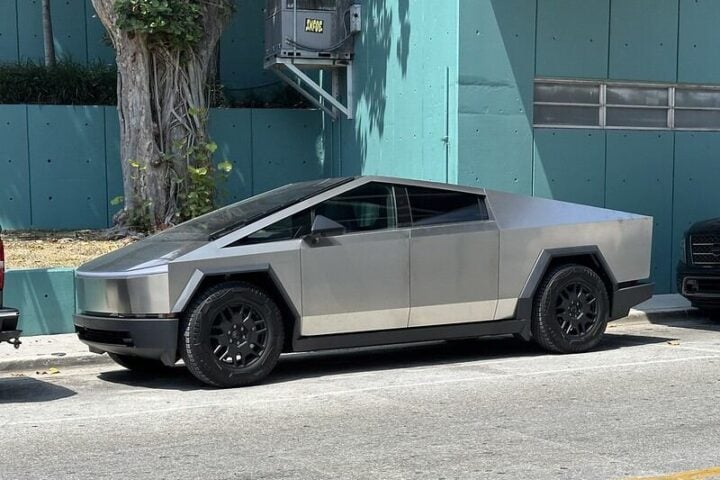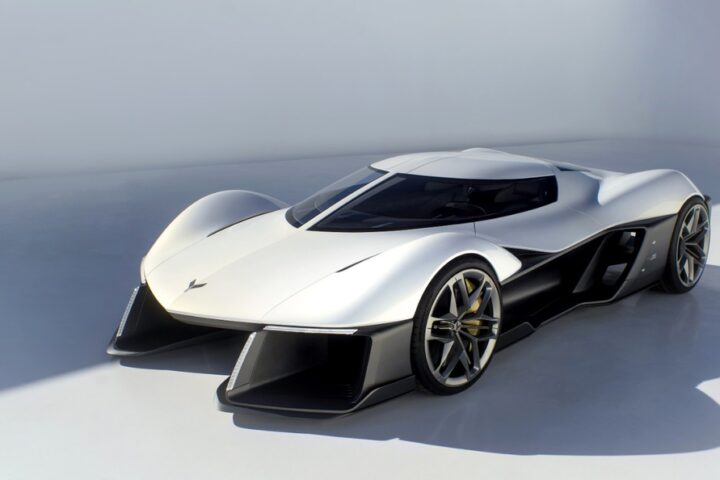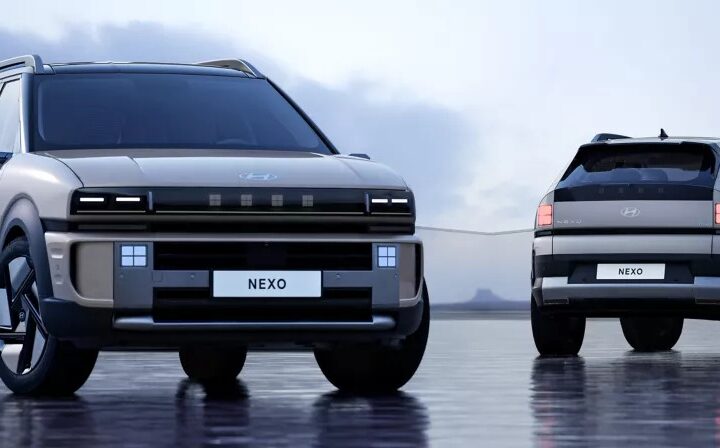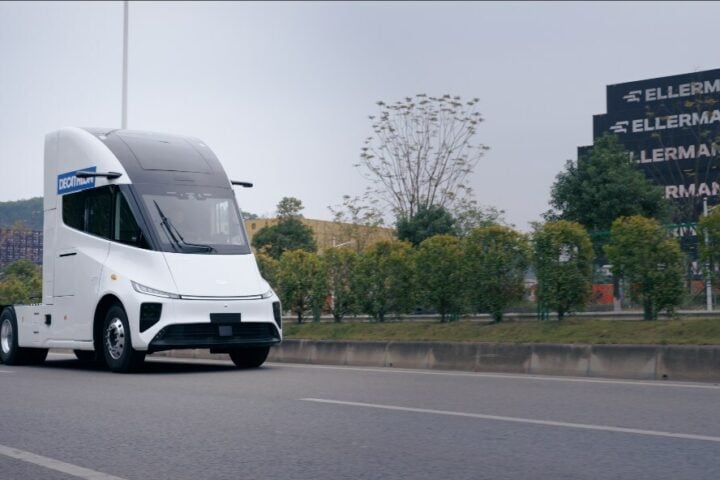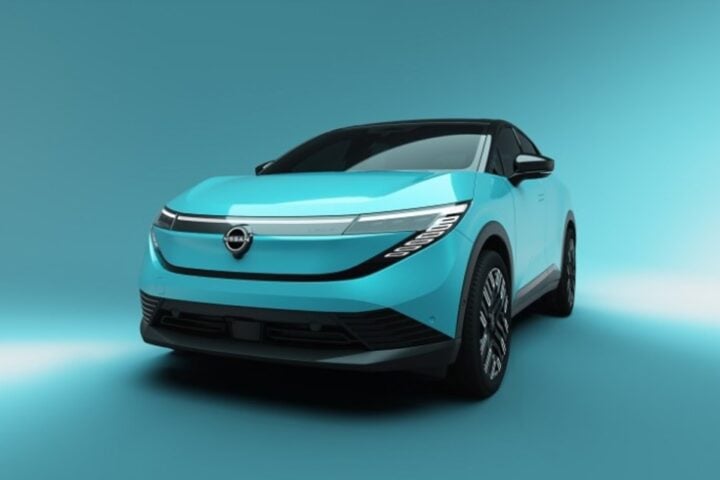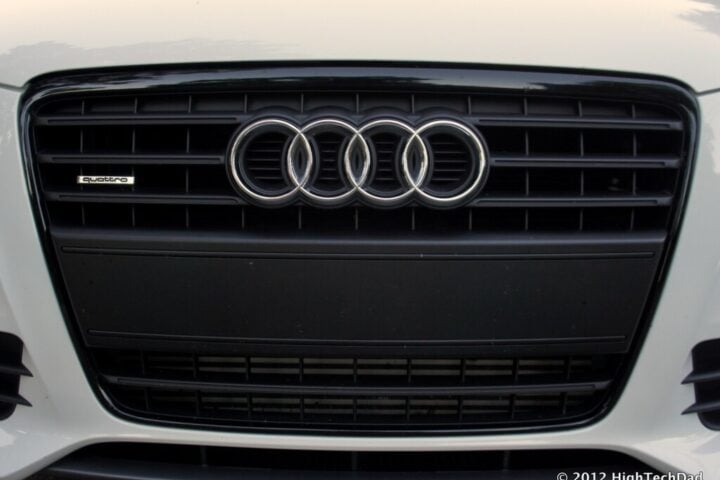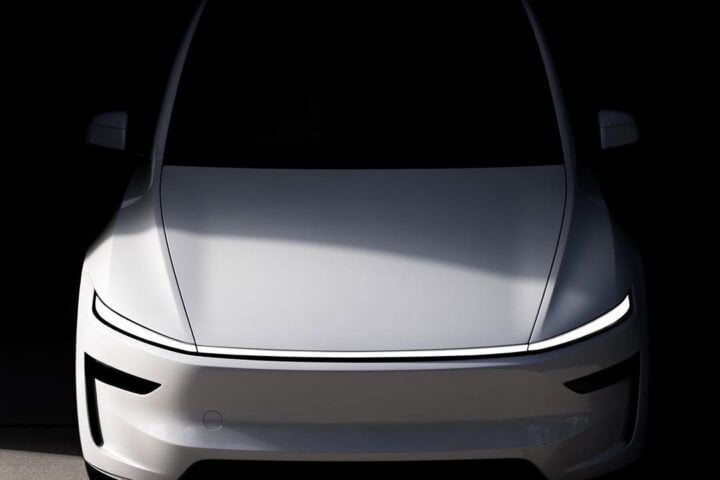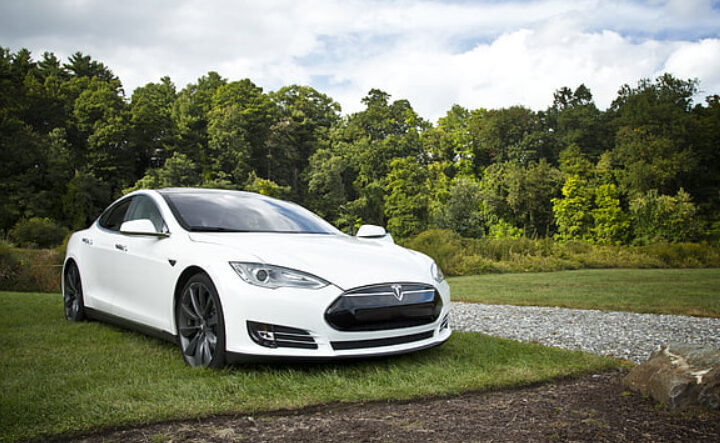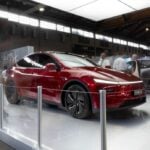Facing an uncertain future, electric vehicle start-up Canoo has partnered with NASA, embarking on a celestial journey, assisting the Artemis II mission. Despite a precarious financial outlook, this unexpected alliance offers a glimmer of hope for the beleaguered company.
To the Launchpad and Beyond
The upcoming Artemis II mission, designed to orbit astronauts around the moon, relies not only on NASA’s own resources, but now includes a terrestrial companion, Canoo. These electric, zero-emission vans, three in total, have been specially tailored to shuttle the four astronauts, their equipment, and the assisting technicians to the launchpad at Kennedy Space Center.
Artemis launch director Charlie Blackwell-Thompson, who played a significant role in designing the vehicles, expressed her optimism about the collaboration, saying, “The focus of our collaboration with Canoo was the crews’ safety and comfort. I have no doubt everyone who sees these new vehicles will feel a sense of pride for this next endeavor of Artemis missions.”
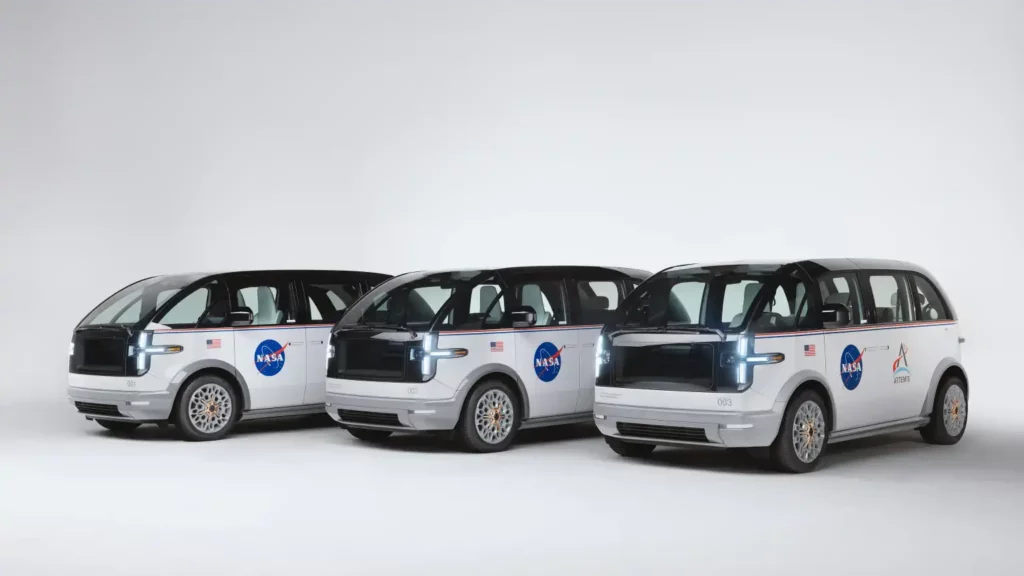
Canoo’s Quest for Financial Stability
Despite a promising start and a unique, futuristic aesthetic, Canoo has struggled financially, with analysts predicting potential insolvency. The company’s stock trades below a dollar, teetering on the brink of delisting from the stock exchange. But all hope is not lost. This collaboration with NASA, along with further ties with the Department of Defense, could pave the way for Canoo’s survival.
The Defence Department Connection
The Department of Defense’s Innovation Unit has expanded its partnership with Canoo. The goal? Developing high-capacity battery packs for military vehicles and energy-dense batteries for the US Navy. Furthermore, Canoo’s Light Tactical Vehicle (LTV) is under consideration by the US Army, adding another potential lifeline for the embattled company.
Riding the Wave of Uncertainty
Canoo’s history is riddled with controversies and setbacks, from poaching accusations to the looming threat of a Chapter 11 filing. The company’s ambition to rival Tesla seems increasingly distant. But like a phoenix, Canoo may rise from its ashes through these government partnerships, mirroring the success story of Elon Musk’s SpaceX, which has thrived on lucrative government contracts.
One must wonder, however, if the Defence Department or NASA share concerns over Canoo’s economic instability and how potential insolvency could impact ongoing projects. As of now, no comments have been made by either agency.
What Lies Ahead
As Canoo pivots from commercial to government-focused projects, will this bold strategy pay off? Is Canoo more suited to function as a ‘SpaceX of electric vehicles’, capitalizing on government contracts? Only time will tell. What’s clear, though, is that amidst its struggle for survival, Canoo has embarked on an exciting, yet uncertain journey, both on land and towards the stars.
